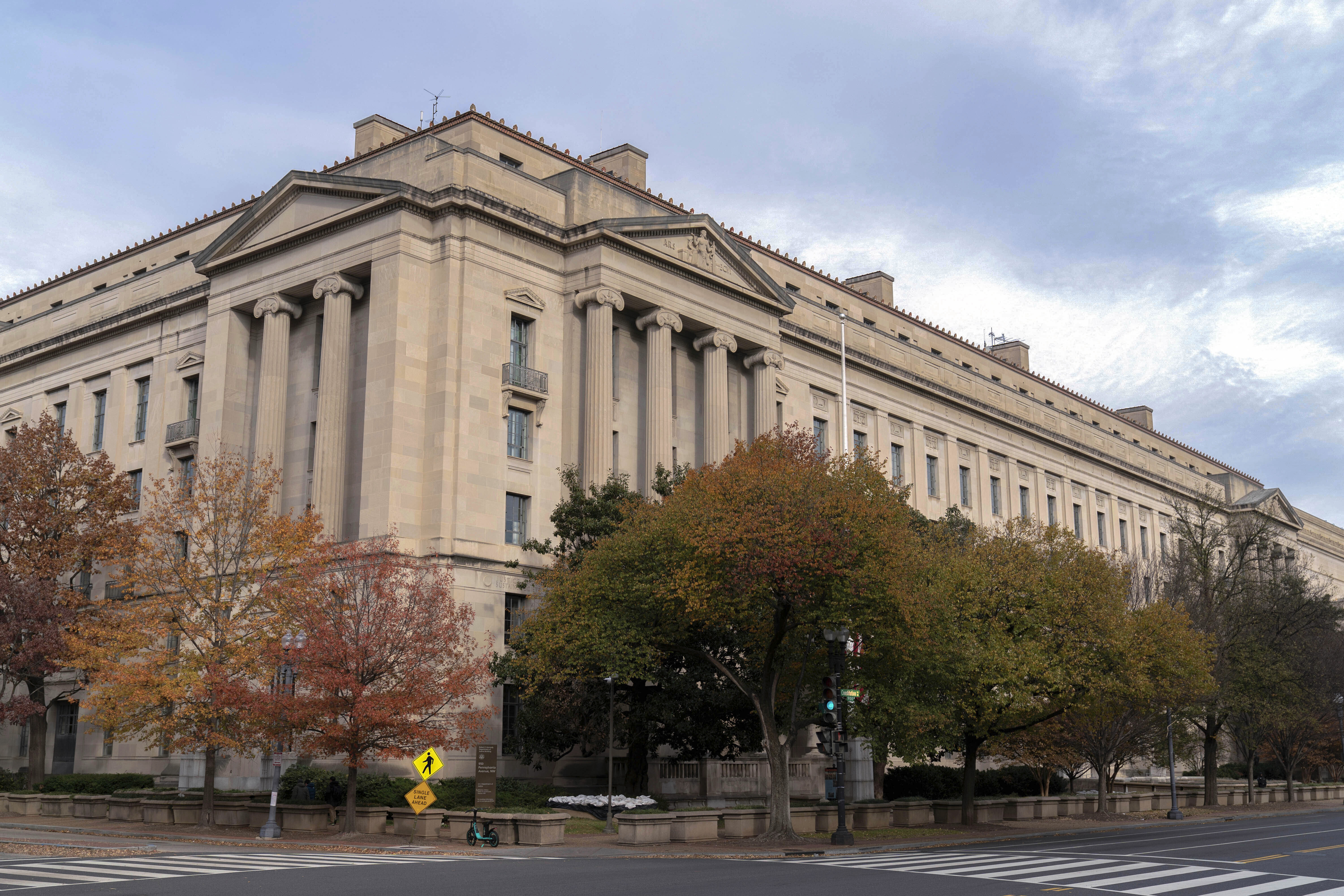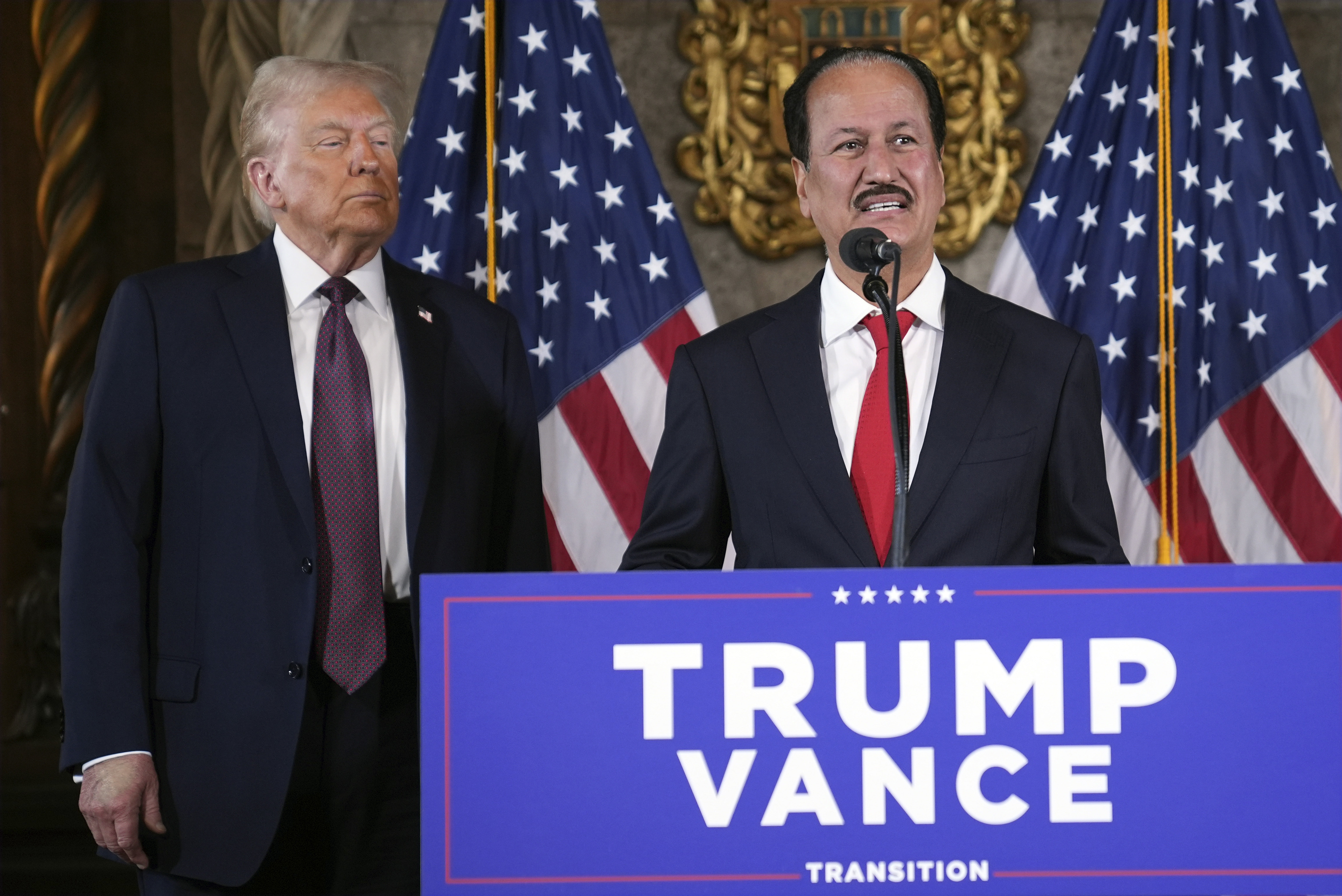(NEXSTAR) – The start of daylight saving time is upon us again, meaning almost all Americans – Hawaii and parts of Arizona don’t observe DST – are setting their clocks ahead one hour. Some, however, are calling for the bi-annual changing of the clocks to come to an end.
But could we really “lock the clocks” soon?
Lawmakers – both at the state and federal levels – are hoping that’s the case.
What is Congress doing about daylight saving time?
Earlier this month, Senator Marco Rubio (R-Fla.) introduced the Sunshine Protection Act of 2023, which would make daylight saving time permanent. So far, the bill has received bipartisan support in the Senate and has been referred to the Committee on Commerce, Science, and Transportation.
If passed, the March 12 changing of the clocks would be the final such event – we wouldn’t “fall back” in November.
A similar bill introduced by Rubio last year passed with unanimous support in the Senate, but it wasn’t as well-received in the House. Lawmakers argued other matters were more important or asked for additional research into and discussion regarding the bill. Others expressed concerns regarding the impact the move could have on areas that rely on tourism or those with large farming communities.
It isn’t yet clear what fortune awaits Rubio’s new Sunshine Protection Act but, unlike last year, Republicans control the House.
What about states?
Federal law says there are only two ways the U.S. can abandon daylight saving time changes: Congress enacts a federal law or a state or local government submits detailed information to the U.S. secretary of transportation “supporting its contention the requested change would serve the convenience of commerce.”
As of October 2022, at least 19 states had already enacted legislation or resolutions to make daylight saving time permanent, according to the National Conference of State Legislatures (NCSL). But these states can’t make the change without congressional approval, or their neighboring states enacting similar legislation.
States with enacted legislation or resolutions include Alabama, Colorado, Florida, Georgia, Louisiana, Ohio, Oregon, South Carolina, Tennessee, and Utah. California voters authorized a change but legislative action has yet to happen. Massachusetts commissioned studies on the matter, according to the NCSL. In 2022, Kentucky and Mississippi approved legislation, both calling for Congress and the president to make daylight saving time permanent.
Legislators in Arkansas, Iowa, and Oklahoma have introduced bills to remain on daylight saving time permanently if Congress allows states to make such a choice. Lawmakers in Nebraska have introduced a similar bill with an additional caveat: a third neighboring state (Iowa, South Dakota, Missouri, or Kansas) needs to pass a similar law, according to the Nebraska Examiner.
Two bills have been introduced in New Mexico: one to keep the state on standard time year-round, the other to make daylight saving time permanent as long as all or part of Texas (specifically, El Paso County, Texas) passes a similar law. In Texas, lawmakers are hoping to pass a resolution that would put the choice between permanent standard time or permanent daylight saving time up to voters in November.
Ultimately, without Congressional action, the majority of the U.S. will continue to observe daylight saving time and the twice-a-year tradition of changing the clocks.
Daylight saving time ends on November 5.


























